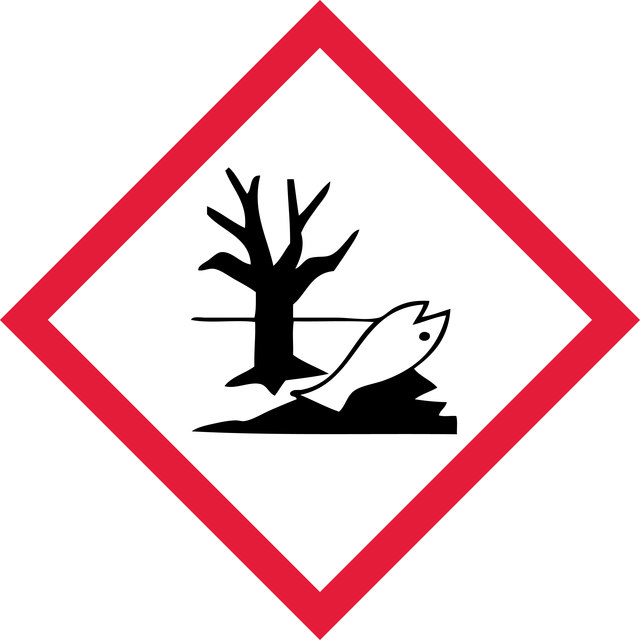338818
Ammonium hydroxide solution
28% NH3 in H2O, ≥99.99% trace metals basis
Synonym(s):
Ammonia aqueous, Ammonia water
Select a Size
About This Item
Quality Level
assay
≥99.99% trace metals basis
form
liquid
expl. lim.
27 %
concentration
28% NH3 in H2O
pH
11.7 (20 °C)
solubility
water: soluble
density
0.9 g/mL at 25 °C (lit.)
0.9 g/mL at 25 °C
storage temp.
2-8°C
SMILES string
[NH4+].[OH-]
InChI
1S/H3N.H2O/h1H3;1H2
InChI key
VHUUQVKOLVNVRT-UHFFFAOYSA-N
Looking for similar products? Visit Product Comparison Guide
Related Categories
General description
Application
- A medium to prepare magnetite (Fe3O4) nanoparticles via a modified controlled chemical coprecipitation method using divalent or trivalent iron salts as iron precursors.
- A reagent in ammonolysis.
- A solvent to synthesize 1, 4 dihydropyridines via one-pot condensation of an aldehyde and alkyl acetoacetate.
signalword
Danger
hcodes
Hazard Classifications
Aquatic Acute 1 - Aquatic Chronic 1 - Eye Dam. 1 - Skin Corr. 1 - STOT SE 3
target_organs
Respiratory system
Storage Class
8B - Non-combustible corrosive hazardous materials
wgk_germany
WGK 2
flash_point_f
Not applicable
flash_point_c
Not applicable
Choose from one of the most recent versions:
Already Own This Product?
Find documentation for the products that you have recently purchased in the Document Library.
Articles
Experts discuss challenges and production processes of nickel-rich layered oxide cathode materials in energy storage systems.
Polar graphitic carbon enables UHPLC separation of highly polar pesticides, herbicides, and Vitamin D metabolites, advancing liquid chromatography capabilities.
Protocols
Optimize β-glucuronidase hydrolysis for glucuronide metabolite analysis considering factors like time, temperature, pH, and enzyme concentration.
Our team of scientists has experience in all areas of research including Life Science, Material Science, Chemical Synthesis, Chromatography, Analytical and many others.
Contact Technical Service

